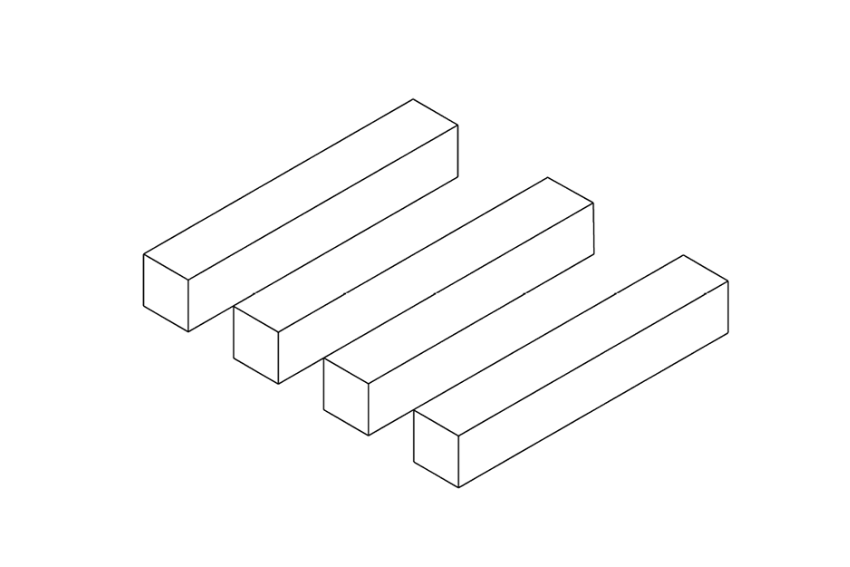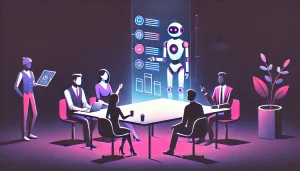Designing My Journey
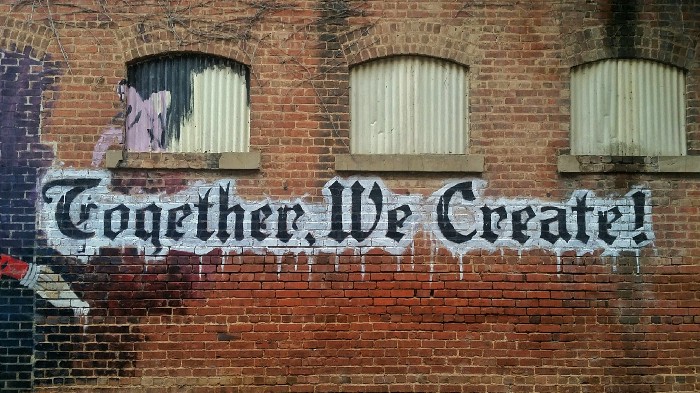
Most days, I find myself in that zone when I could go on and on talking about design. It could be about a certain process, a specific mental model, the different versions of design thinking, and the adaptation of the same by various teams and individuals, or it could be the inclusiveness of some solutions or the underlying fundamental principles of all design fields. Sometimes this really annoys my friends, especially during parties, who are all from engineering backgrounds.
But how did I actually become a design geek from being an Engineering student with Computer Sciences as my major? This blog is just about that journey.
My Initial days at an engineering college
I remember the time in school when a student who took mathematics as a major in his high school years was by default understood to be choosing the engineering domain for college. If anyone showed interest in picking anything other than engineering, they had to face a lot of judgment and questions from their fellow peers, teachers, and families.
This mentality in India is still or even more prevalent among kids of that age as well as their parents and teachers. A few reasons leading to this could be the job assurance that engineering provides (especially in the IT field), which is tempting for middle-class and lower socio-economic groups of the society, another could be the norm as the majority of people do it, and it makes the other people under the influence to give it a shot, and so on.
I remember that engineering was never forced on me in any way. I think I was one of the few folks in my class who could say with pride that I chose engineering by and for myself and not under the influence of a single person. And my major that I opted for college was something I was always hyped i.e. Computers.
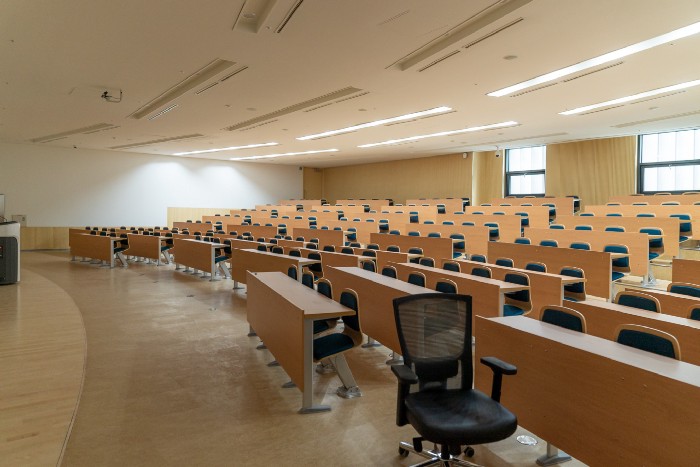
Realization about the other side of the world
In the four-year course, the students are given core knowledge majorly in the second, third, and fourth year, as per the major they have chosen.
I remember how pumped I was when taking my first step inside the lecture hall on the first day of the third semester/second year hoping that only the good and exciting stuff is going to come my way, which actually happened.
We were taught about a lot of stuff regarding computer science, covering the fundamentals as well as some specific topics. Web, logics, networks, software engineering, databases, agile are to name a few.
Sometime in the 6th semester, I understood the fact which I should have realized already. All the knowledge we were receiving in the college was not helping us build actual products for the industry. There was no such exposure to real problems that a person faces while working on real projects unless the student has some internship experience.
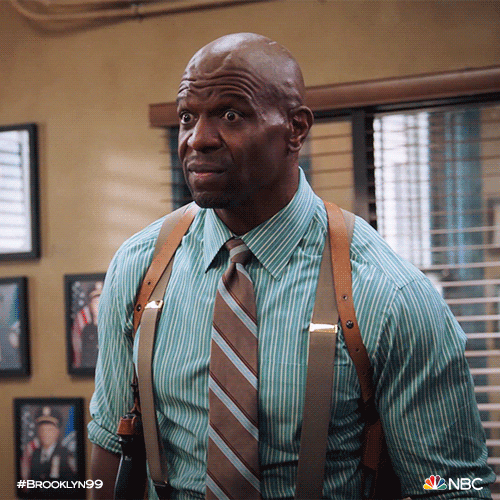
Now, this might be dependent on the college curriculum. Many colleges in India have started to take industry exposure seriously by making internships compulsory and evaluating a good percentage of total grades based on the project(s) student works on during their experience.
But most colleges (Tyre 3 & 4) focus on producing a good number of degree holders with only theoretical fundamental knowledge in most subjects that leads to a lack of expertise in the overall domain and due to which the freshers have to go through rigorous training after college from their employer and have to settle down for a below-average payscale which doesn’t help them fulfill even half their needs.
Experimenting like anything
This realization made me think, about the kind of work I need to be doing and the kind of work that I’m being prepared for by my system. This got me in deep contemplation about my career and led me to educate myself about the actual practices being applied in the industry. Also, this was the time when I started to get myself familiarized with the field of design, something I’ve been always curious about. I used the maximum use of whatever available resources I have, in my case just one, the Internet.
I was initially overwhelmed by the bombarding amount of information available on the web in no such structured order. Apparently, the field of design was much complex than how I thought it’d be. There were very fewer reliable sources which I decided to stick with.
I started learning photoshop without actually understanding that if this tool will even help me towards the kind of work I should be doing, which was still unfigured. Until one fine day, I encountered the term called UI/UX Design!!!
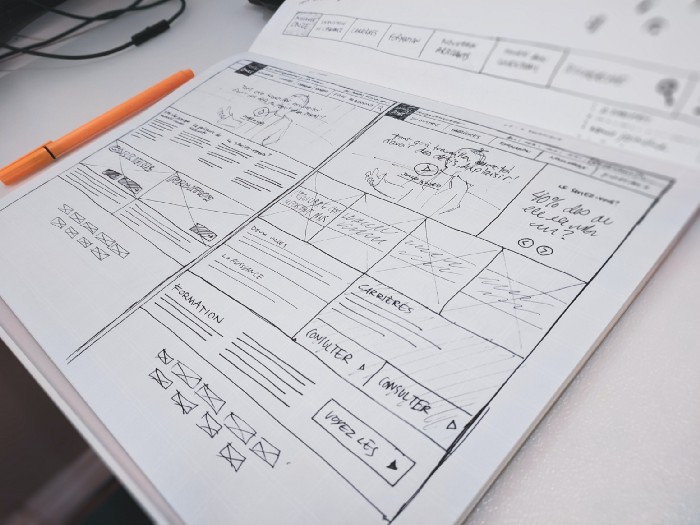
Fascinated by the concept, I started drilling more and more into this field and soon I found out about the experts in the industry. Went through various processes evolved by design teams in India, the job opportunities in the future, and payscale.
Soon, I realized that I was actually learning with a high-level approach rather than starting with fundamentals. Here are the three of my most favorite articles which have helped me understand design from the very basic.
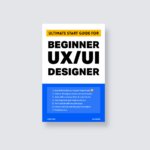
Ultimate Start guide for beginner UX/UI designers in 2019
have been collecting these links for the past 5 years.
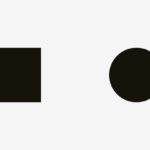
Optical Effects in User Interfaces
How to make optically balanced icons, correct shapes alignment, and perfect corner rounding
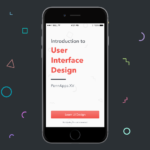
Crash Course: UI Design
A recap of my design workshop PennAppsXV.
Without much delay, I started working on personal UX projects and documenting the processes as case studies. I also started learning the most popular and efficient UI designing and prototyping tool, Figma. All my design work could now be handled within just one tool.
With some personal projects in my portfolio, I wanted to explore my ways with real projects and get some relevant industry experience.
Landing onto an internship at f1
I was in my last semester of engineering when I came across the internship opportunity at f1studioz. I tried my chances and soon I got a call back from the team. I was really excited and nervous at the same time to join the company as an intern. I was fascinated by the company’s portfolio and I was pretty sure that it’s going to be a great learning experience for me.
As I joined the company, all my hesitation and nervousness were gone. Everyone in the team was super supportive and cheerful and they were making sure that I, as an intern was getting enough exposure and was always gaining knowledge. I was given the liberty to experiment and fail and to learn from the same.
It indeed came out to be a great learning experience working on multiple projects simultaneously and tackling different kinds of challenges while working on projects with either existing design systems or starting from scratch.
As my internship ended, I was offered a full-time role by the same company. In love with the process and culture, I was ought to accept the offer! With bigger titles comes bigger responsibilities, and I was prepared myself well for all the coming challenges. I believe with the right mindset and approach, even bigger things are achievable.
Recently, f1studioz organized an annual trip to Alibaug, Maharastra, where all of us teammates could finally meet each other for the first after working remotely for so long. It was a really fun trip that not only took all of the team members together but also became a beautiful memory for everyone.
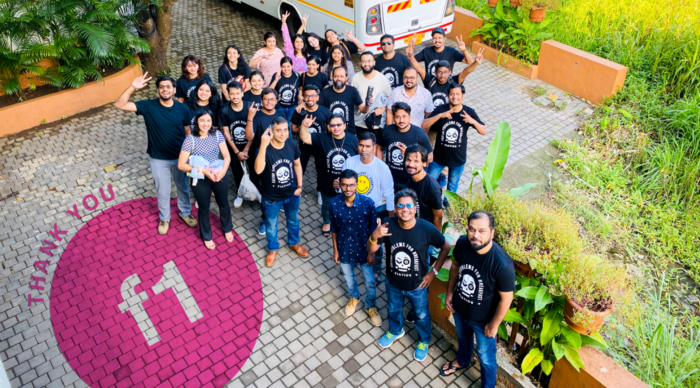
Connecting the dots…
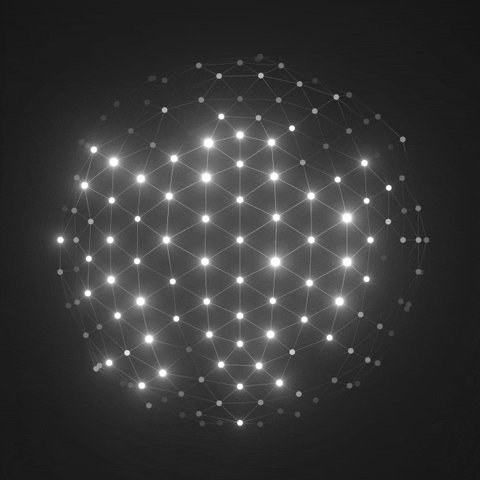
Things that I learned in engineering did not go to waste at all, in fact, I’m able to better understand the constraints that might come up during the development of a product after it has been handed off. The journey of a product from design to development and then to launch and maintenance can be most efficient when the ideas, constraints, and limitations are communicated well enough within the team.
UX Design is the field with the most diverse set of people coming from almost all backgrounds. The better we are able to relate several departments and the better we can find the similarities between the fundamentals, the more empathetic we can get towards the user and can work on making an efficient product that solves problems in an optimal way.

